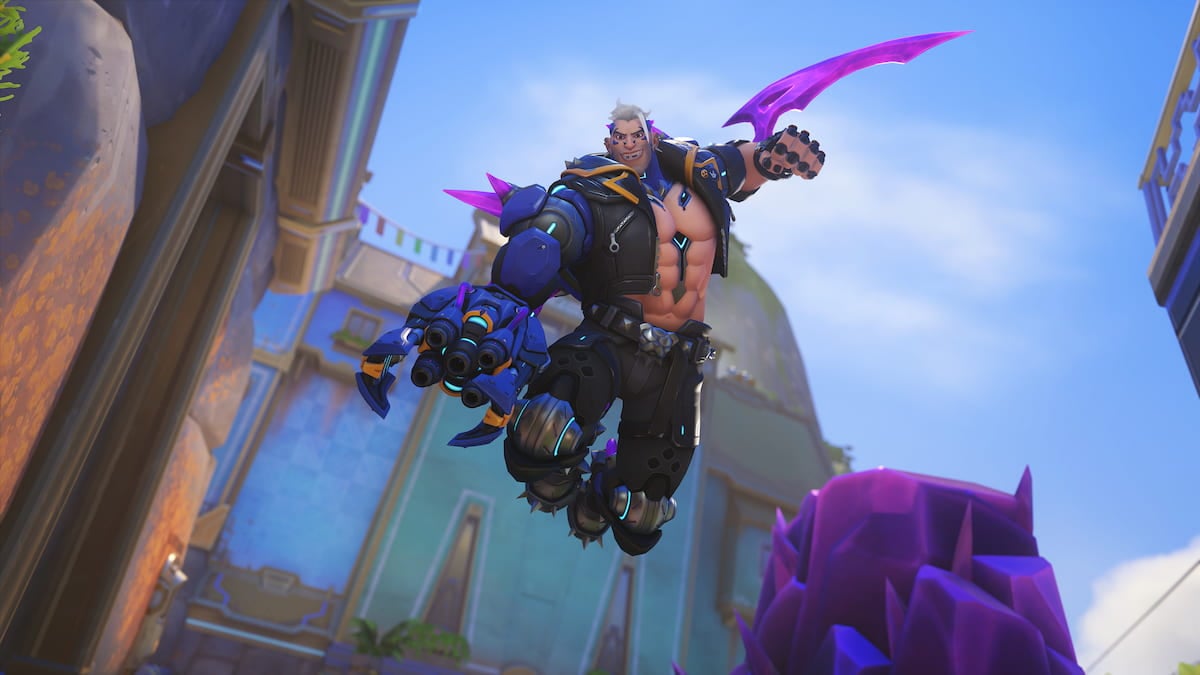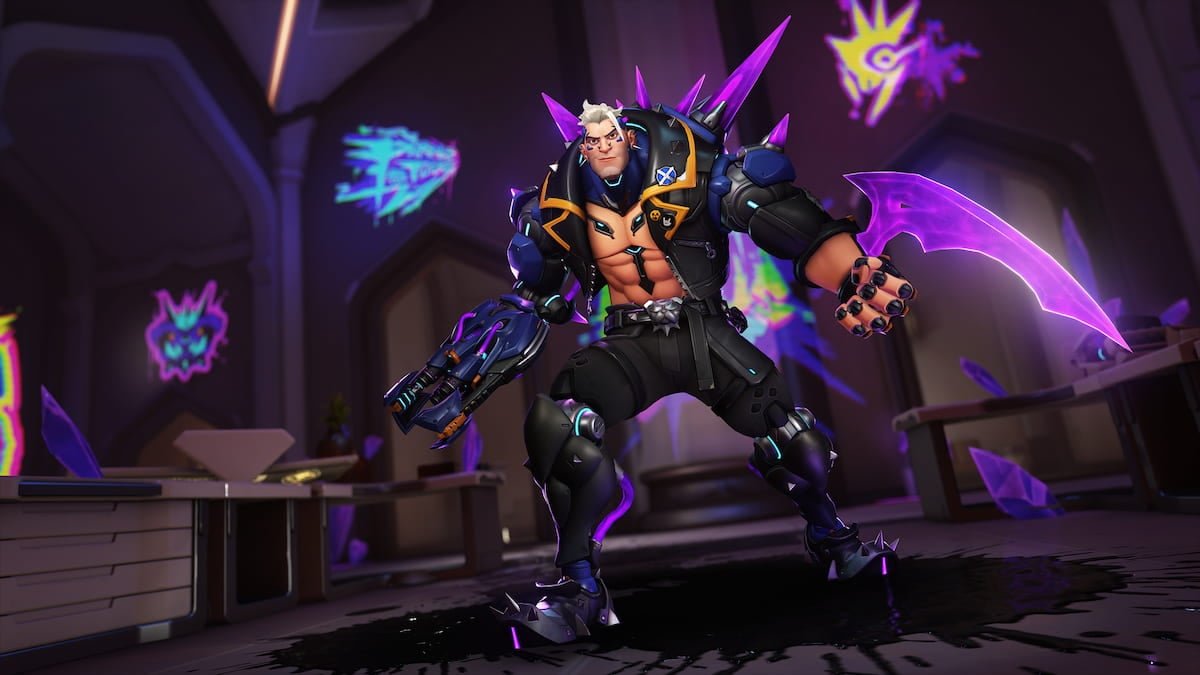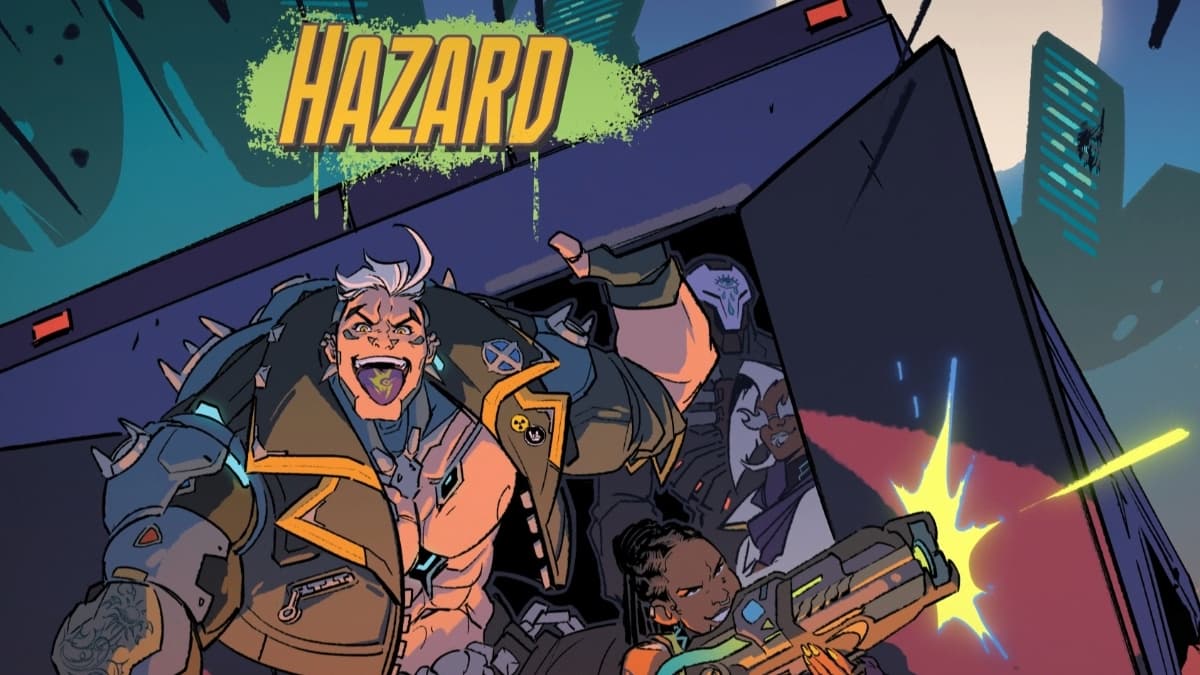In Overwatch’s latest Experimental Card, support heroes are experiencing some big changes. Healing output for multiple heroes has been adjusted, making certain support heroes stronger than others. Some supports, like Mercy and Zenyatta, haven’t had substantial changes made to their kits for multiple patches. As if that wasn’t enough chaos, two of the game’s most damage-heavy DPS heroes are gaining some important buffs.
The Experimental Card is a place for players to test out potential new balance changes before they hit live servers. This card, which launches May 12, will be played using the game’s usual 2-2-2 role queue system. None of these changes will affect Overwatch’s competitive mode, quick play, or arcade modes. As the Experimental Card is also a testing mode, developers are likely to alter these balance changes before they are pushed to live servers.
Support changes
Developers are tackling the healing output of multiple heroes in this Experimental Card. While many of these changes may seem small, when calculated over the healing potential of an entire game, they bring certain heroes back into the forefront of the game’s meta.
Ana
- Biotic Rifle healing reduced from 75 to 70.
Mercy
- Caduceus Staff healing per second increased from 50 to 55.
With Ana’s healing reduced and Mercy’s healing increased, the two may see a switch in certain team compositions. Ana is still an important choice due to her anti-healing grenades, but Mercy may see more play alongside aerial heroes like Echo and Pharah.
Moira
- Biotic Orb damage radius reduced from five to four meters. Orb projectile speed increased from 16 to 20 and projectile duration reduced from 10 to seven seconds.
Moira’s orbs, both healing and damage, will now travel faster but last a far shorter amount of time. This is a potentially large nerf for Moira, especially if healing orbs can’t “latch on” to allies long enough to do substantial healing.
Zenyatta
- Orb of Discord damage amplification increased from 25 percent to 30 percent.
This Experimental Card change is actually a reversion of Zenyatta’s Orb of Discord damage, which used to be 30 percent. While this change seems minimal, an additional five percent damage amplification could be massive if a team adequately invests resources in taking down a target.
Damage dealers
Very few phrases put fear into the hearts of most Overwatch players more than “Junkrat buffs,” so this round of Experimental Card changes may be a bit terrifying.
Bastion
- Sentry configuration spread decreased 10 percent. Shots until max spread reduction lowered from 60 to 40.
- Self-Repair resource drain rate increased 20 percent. Healing per second increased from 75 to 90.
Bastion’s Sentry form, commonly called “turret” form, gets a change to spread pattern. These changes mean Bastion’s bullets will be more focused on enemies and may deal more damage. The biggest change comes to Bastion’s Self-Repair. It’s now more costly to use, but does more healing per second, allowing Bastion to stay alive longer.
Junkrat
- Frag Launcher projectiles maintain slightly more velocity on ricochet.
- Concussion Mine projectile speed increased from 20 to 25. Ricochet distance off of enemy players greatly reduced.
- Total Mayhem bomb detonation time reduced from one second to 0.7. Bomb spread increased 50 percent.
The changes to Junkrat’s primary weapon, Frag Launcher, are minimal. Concussion mines will be placed faster due to speed changes. In a wild balance change, Junkrat’s passive ability will be massively buffed. After Junkrat is eliminated, his “Total Mayhem” passive spreads bombs out around the area. These bombs will now explode faster and be spread a full 50 percent farther after elimination.
Experimental Card changes are often tested for a week a more before being pushed to live servers. These balance changes are monitored by developers and may not look the same in a few weeks after players provide feedback.






Published: May 12, 2020 01:54 pm